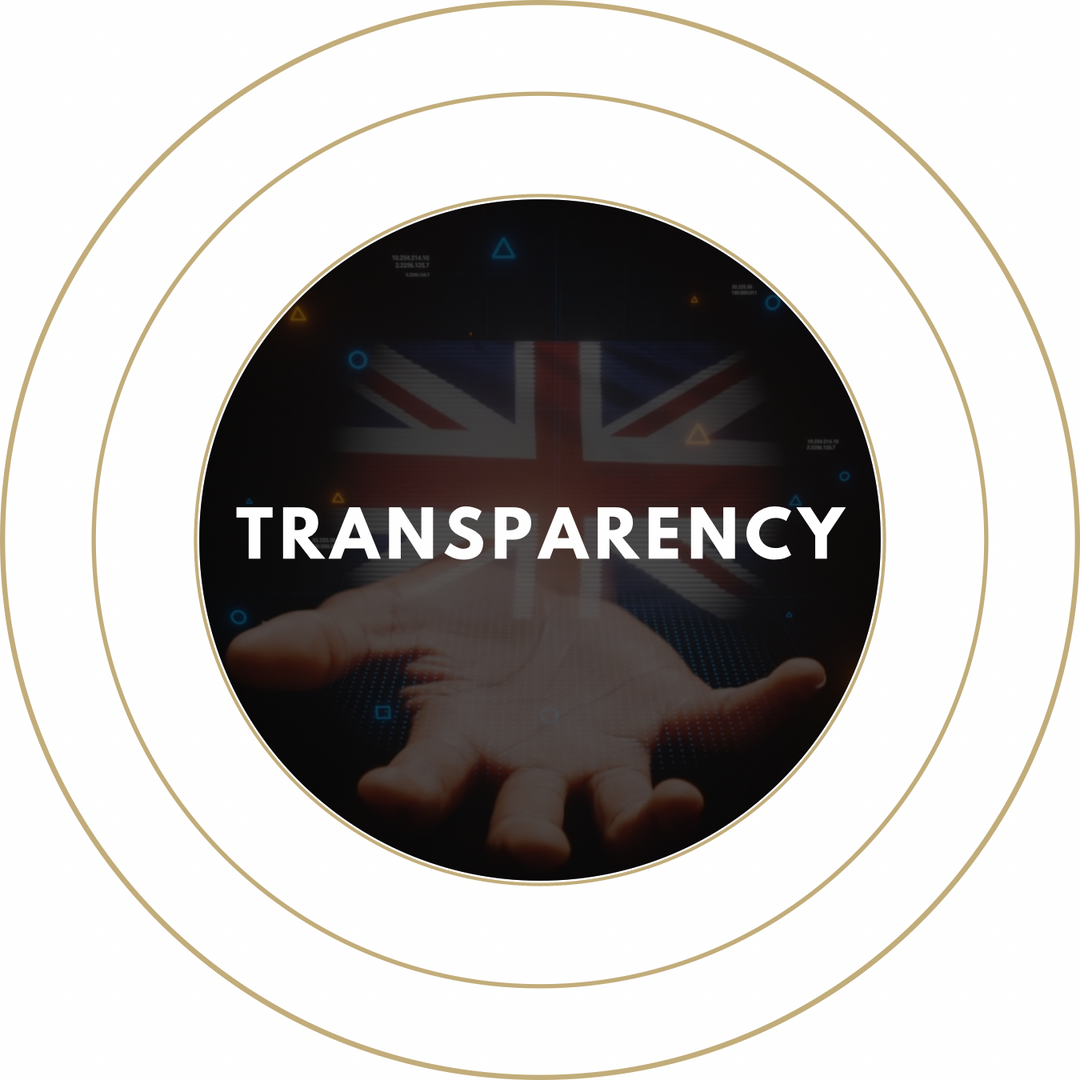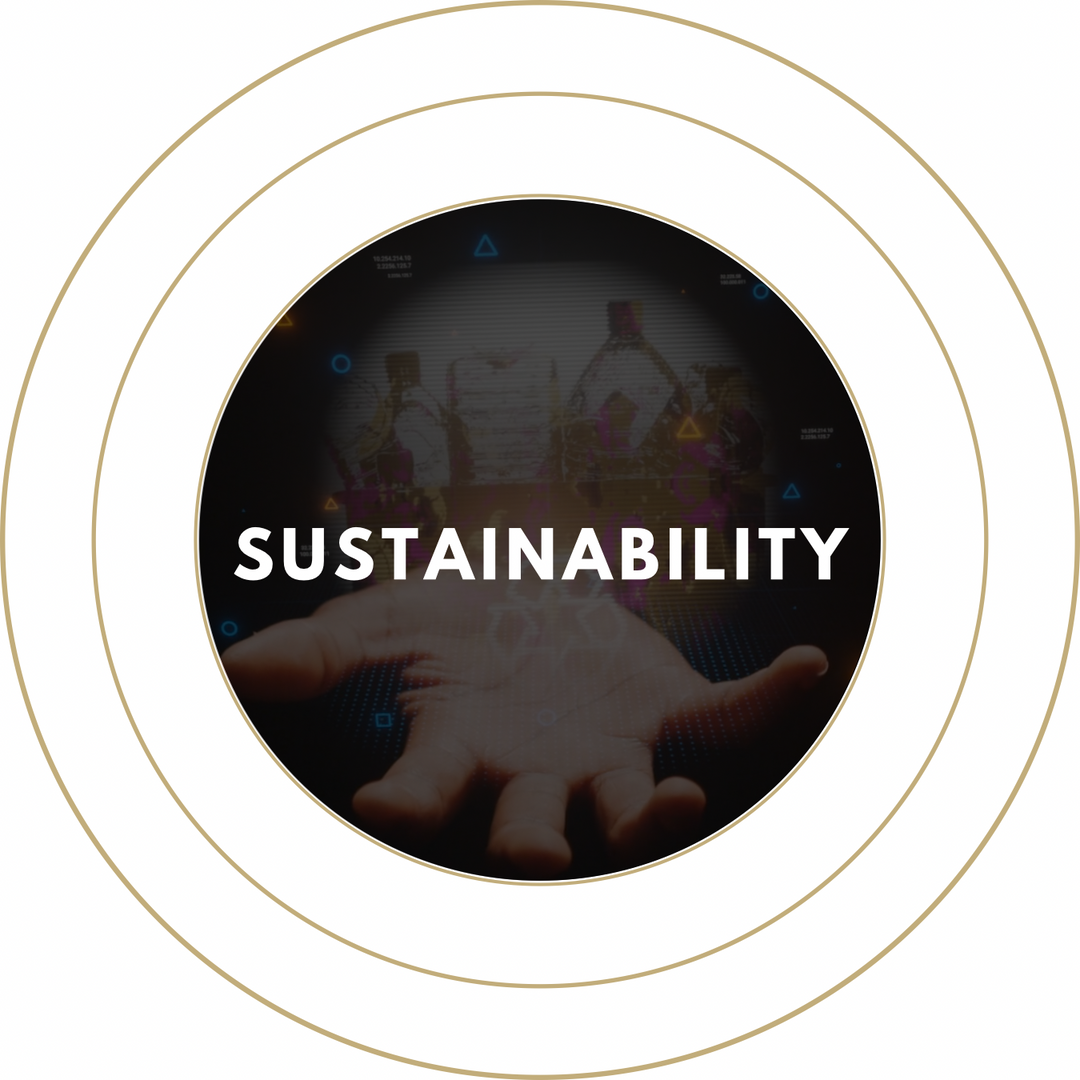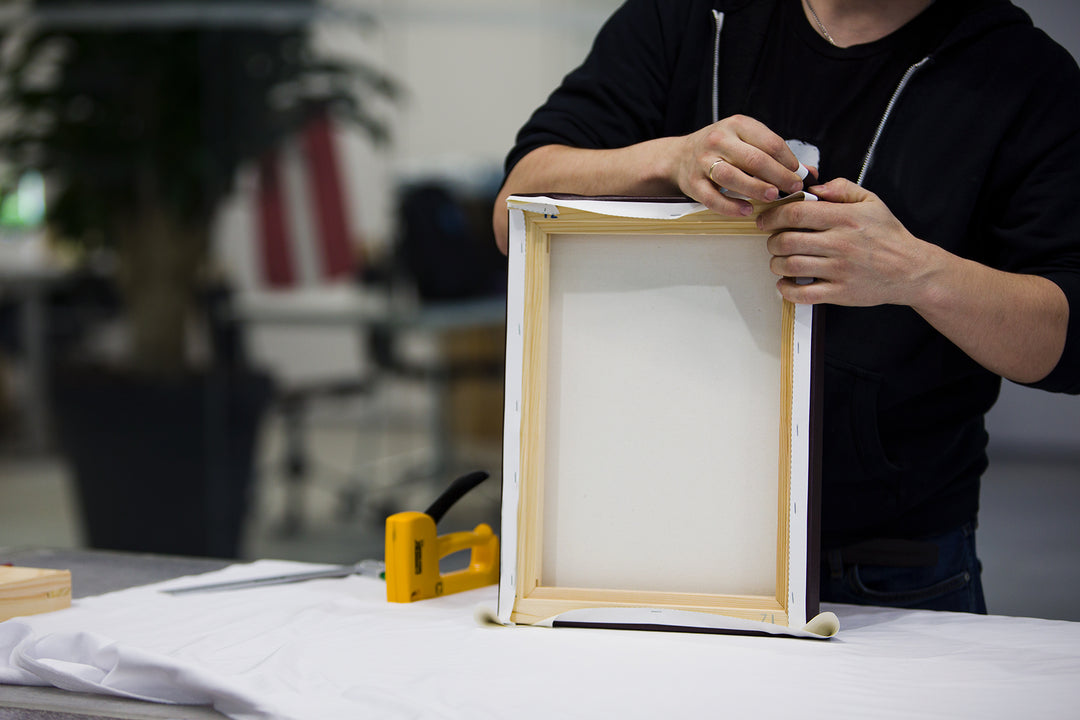Who are we
For every item purchased we plant trees, in an effort to regenerate ecosystems, capture carbon and provide planting jobs in communities around the world.
Our vision is a sustainable and circular and interactive future, where art, fashion and experiences inspire positive change and collective action as our foundation.


We Value the Mission

Transparency is key. Communicate openly about our actions, finances, and project impact to foster trust and confidence among stakeholders.

Committed to sustainability in every aspect of our business, we prioritize environmental responsibility, ethical sourcing, and carbon neutrality to create a cleaner and more sustainable world.

Embrace innovative tech to redefine personalized NFT art, fashion, and climate action.

A dynamic community that forms the heart and soul of our work. Embrace the belief in collective action and foster the dreams of our engaged community vision.


What we Do
At GeorgeKenny, we merge personalized NFT art, cutting-edge apparel, and immersive virtual experiences to take you on an extraordinary journey.
Merge digital creativity and individual expression through personalized NFT art, creating unique stories for each artwork.
Our curated collection features the best art pieces of you from around the globe, including framed prints, canvas, metal prints and digital NFTs, all at affordable prices. Each pattern and style of each piece has been carefully selected to inspire creativity and elevate your home décor. Shop with us to showcase your unique style and add statement pieces to any room.





